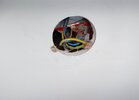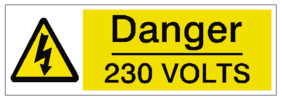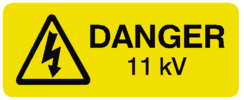If not accessible for maintenance then should use maintenance free, but no one says what is accessible for maintenance, so no hard and fast rules, and you should not be able to touch live parts without the use of a tool or key, except for a ceiling rose. However if in the void between ceiling and floor boards can be considered as an electrical enclosure again no hard and fast rule, I would say it's not an electrical enclosure so it needs to be in a box requiring a tool or key, but you clearly need a tool to lift floor boards.
I have seen many floor boards marked junction box below, which has then been covered up with some floor covering be it carpet or laminate flooring, so no longer really accessible, but also been on jobs where to maintain a machine it involved knocking down a brick wall, which was re-built after the repair, that was the planned method of maintenance, wall built for fire spread reasons.
So really down to common sense, but can't really have rules based on common sense, I know in my own house there is a join in a cable some where, as starts as red, yellow, blue, and arrives as brown, black, grey, but no idea where it is joined. And I know in a brick house junction boxes with terminal screws have gone for decades without a problem, but in a metal frame building terminal screws have come loose, and with things like batching plants servicing where electricians went around checking tightness of terminals was a regular job, but in a house, even with a 10 years EICR terminals are not tested for tightness, so if not checked, why worry about being maintenance free or not, as even if not maintenance free, no maintenance is done anyway.




